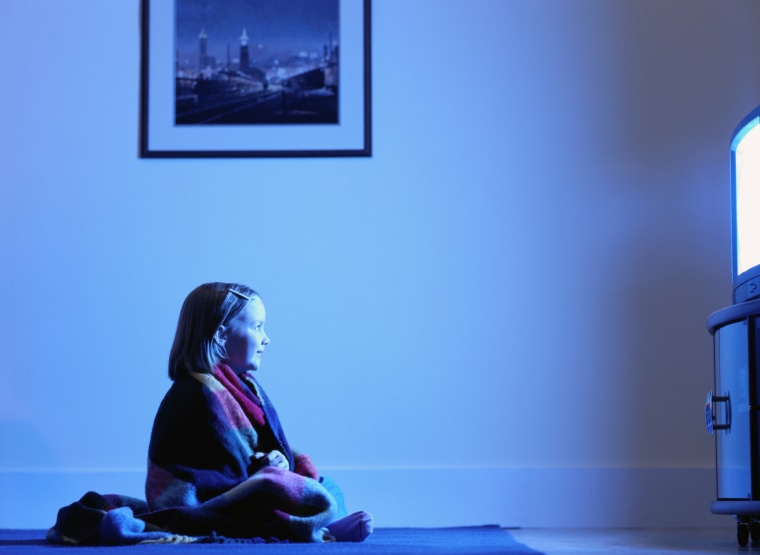Could staying home from work and school and watching television be a patriotic act? It just might be, if the goal is to stop the spread of a deadly infectious disease.
New research published Friday suggests that people who stayed home in Mexico City at the start of the H1N1 swine flu pandemic may have altered its course, slowing the spread and perhaps reducing rates of infection.

Such a thing can never be proven. But Michael Springborn of the University of California Davis and colleagues think they’ve come up with a way to at least measure the possibility. They looked at Nielsen ratings from the spring of 2009, when the then-mystery virus was first spreading in Mexico and the United States.
Officials closed schools and asked people to stay home from work if they could, to reduce the possibility of person-to-person spread of H1N1. No one knew at the time just how dangerous or deadly the virus was — it turned out not to be as bad as feared, although it was much worse than an average flu year, killing at least twice as many people as in a usual flu season.
“We see a strong response. What we are observing is changes in TV-watching behavior,” Springborn told NBC News.
Scarf up! Keeping this body part warm may fight off a cold
“We find a strong viewing behavior response in Central Mexico associated with the A/H1N1 influenza virus in April and May of 2009,” Springborn and colleagues write in their report, published in the BioMed Central journal BMC Infectious Diseases.
“There’s a definite spike in the average number of hours individuals are watching,” Springborn said.
Public health experts debate what to do when epidemics and pandemics strike. It’s not clear whether closing schools and asking people to stay home does anything to break the chain of transmission, and it’s not clear whether people will comply.
The study adds a little bit of hard data to the equation and might be useful in planning for future outbreaks and epidemics.
Not surprisingly, those watching the most television were children and the most affluent — children probably because the schools were closed, and the affluent because they would have more flexibility to stay home from work, Springborn said.
“But you can make inferences about degree to which people are spending time at home as opposed to being out in public and making contact with other folks,” he said.
It didn’t last, however.
“Even before the risk began to abate, there was a falloff in the reponse.” In fact, people were watching even less television than they had before the pandemic started. Maybe, he said, people needed to run errands or make up time lost from work.
Springborn’s team also got measures of actual cases of flu and came up with complex mathematical formulas to model what was happening.
“In the absence of that social distancing response, we see that ... new cases take off instead of stabilizing and falling off,” he said.
It’s a valuable piece of information for public health officials planning for the next pandemic, Springborn said.